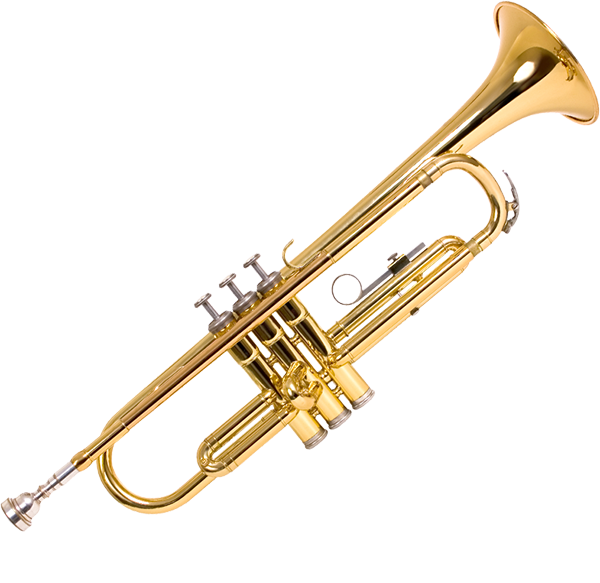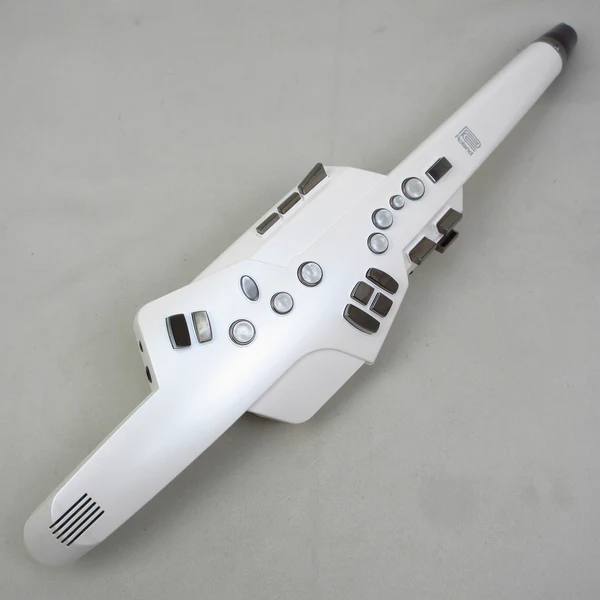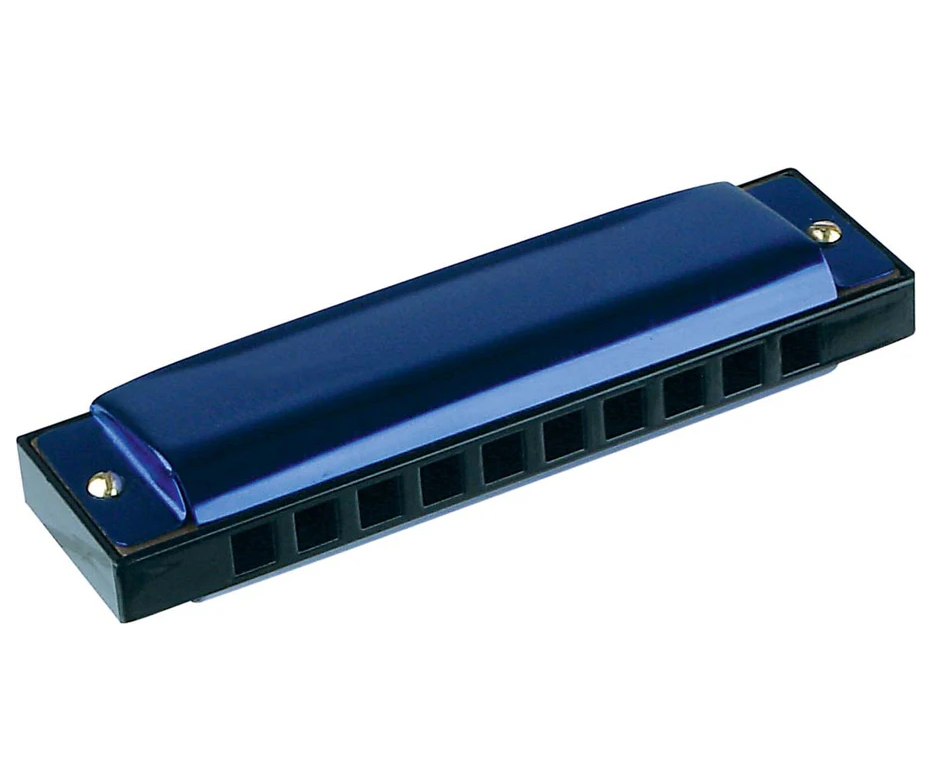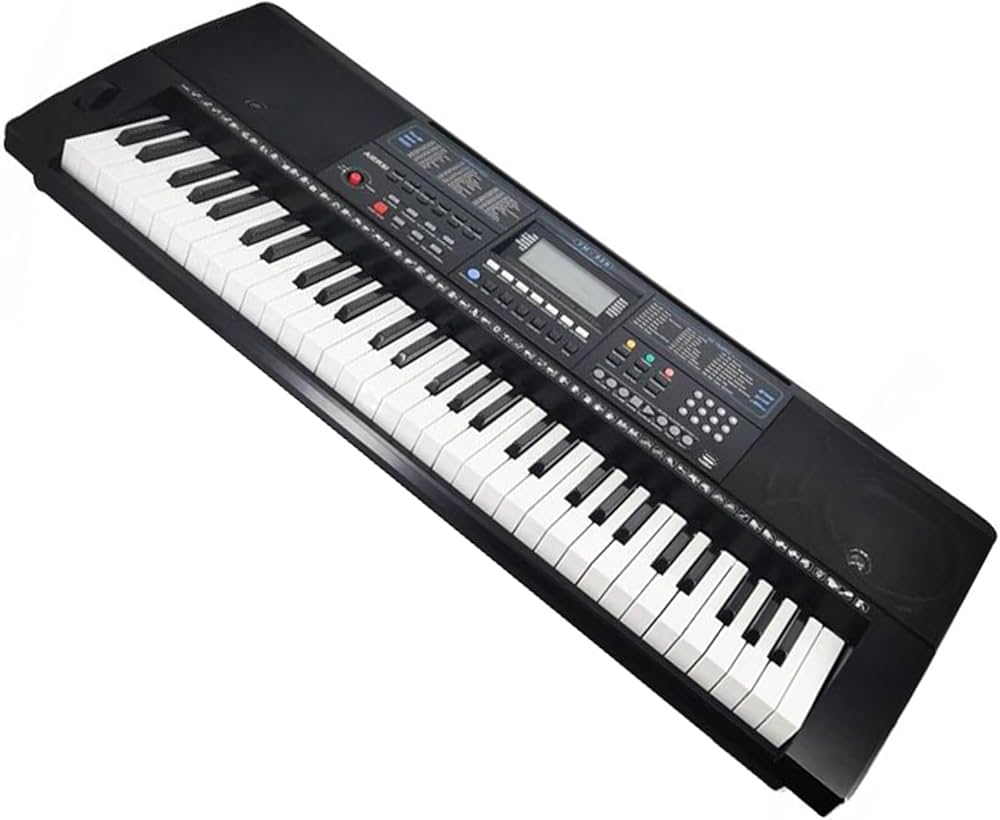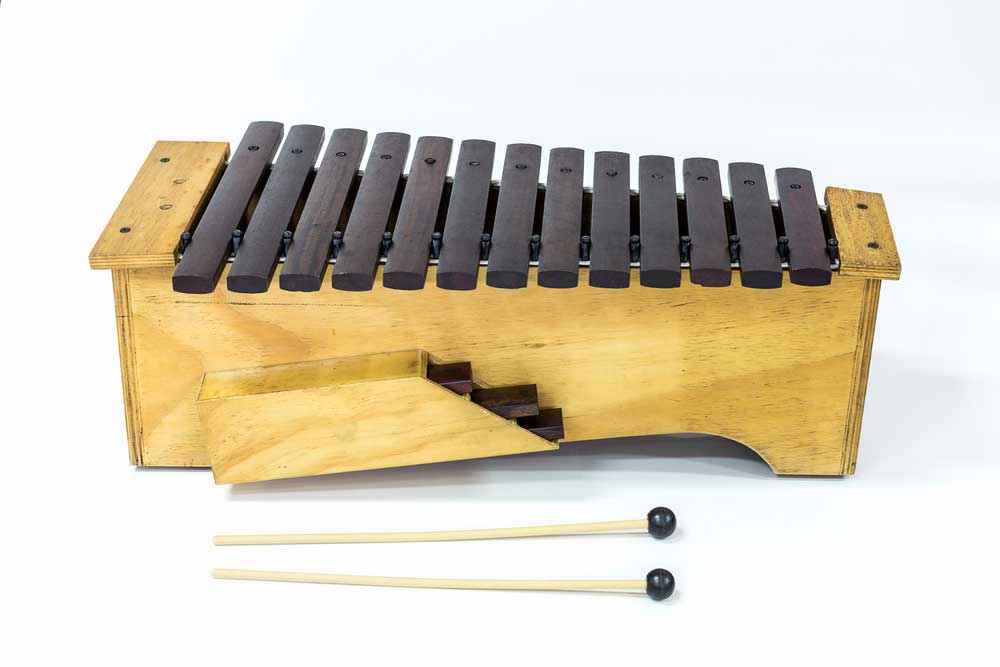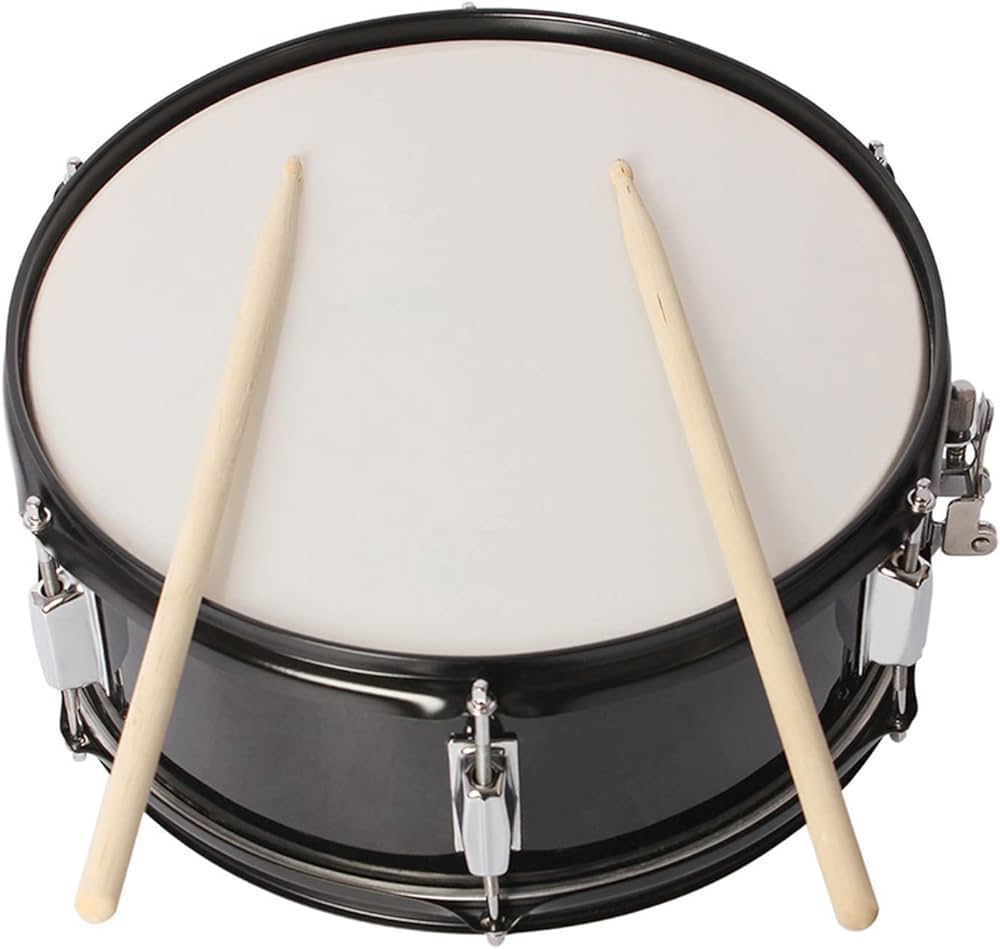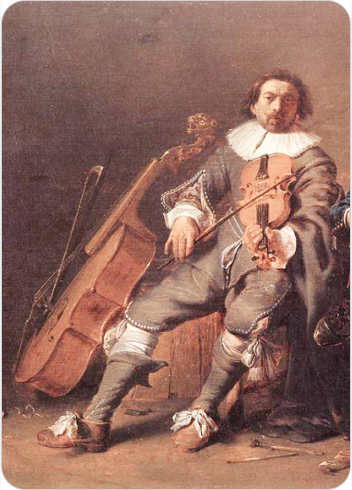Kakko
Percussions
Asia
Between 0 and 1000 AD
Video
The kakko is a traditional Japanese double-headed drum that plays a significant role in various musical contexts, particularly in Gagaku, the ancient court music of Japan. Characterized by its barrel shape and two parallel vertical drumheads, the kakko produces a distinctive sound that is both resonant and penetrating.
It is typically played with two thin sticks known as bachi, which allow for precise articulation of rhythms. The kakko not only serves as a rhythmic foundation but also adds a unique tonal quality to ensembles, making it an essential instrument in Japanese music. As a membranophone, the kakko falls under the Hornbostel-Sachs classification 211.212.1, indicating that it is a directly struck membranophone with two usable membranes. This classification highlights its primary method of sound production through the vibration of its drumheads when struck. The kakko is distinct from other Japanese drums, such as the taiko, due to its size, construction, and playing technique.
History
The Kakko’s origins can be traced back to China, specifically to the Tang Dynasty (618–907 CE), where it was known as the jiegu. The drum was introduced to Japan during the 7th century when Buddhist monks and musicians brought various cultural elements from China, Korea, and other parts of Asia to Japan. By the 8th century, the Kakko had become an integral part of Gagaku, which translates to “elegant music” and was officially recognized as imperial music by rulers in 703 CE. During this period, Gagaku flourished and became associated with the imperial court, being performed at various ceremonies and events, including enthronements and religious rituals. The Kakko gained prominence particularly during the Heian Period (794–1185), a time when art and culture thrived in Japan.
It has remained a vital component of Gagaku music ever since, with its tradition continuing uninterrupted since around 1150 CE. The Kakko’s role in Gagaku is not just as a musical instrument but as a symbol of Japan’s historical connections with neighboring cultures, reflecting the blending of musical styles and traditions that characterized early Japanese music.
Construction
The construction of the kakko involves meticulous craftsmanship. Typically made from wood—often cherry or other hardwoods—the drum features two heads made from animal skin, usually deer or cow hide. The cylindrical body of the kakko acts as a resonator and is designed to amplify sound. The drumheads are secured using metal hoops and ropes that allow for tension adjustments, enabling players to achieve desired pitches. This construction method is similar to other traditional Japanese drums like the shime-daiko and tsuzumi but differs in its overall size and shape. The dimensions of a typical kakko are about 30 cm in length and 15 cm in diameter. The drum is often mounted on a wooden stand for stability during performances. The aesthetic appeal of the kakko is enhanced by intricate designs painted on its body, often featuring motifs that reflect Japanese culture.
Types
While there is primarily one main type of Kakko used in Gagaku performances, variations can exist based on regional styles or specific performance contexts. The standard Kakko is characterized by its two heads and cylindrical body; however, it can sometimes be substituted for other types of drums within traditional ensembles.In addition to its primary use in Gagaku, variations of Kakko may appear in other traditional contexts or be adapted for modern performances. Some musicians may explore different materials or sizes to create unique sounds that blend traditional techniques with contemporary musical styles.
Features
The kakko boasts several notable features that enhance its performance capabilities:
Double-Headed Design: This allows for different tonal qualities from each side.
Barrel Shape: The shape contributes to rich resonance and sound projection.
Animal Skin Heads: The use of natural materials enhances tonal quality.
Adjustable Tension: Players can modify pitch by tightening or loosening the ropes.
Playing Technique: Played with bachi sticks for precise rhythm articulation.
These features make the kakko a versatile instrument suitable for various musical expressions.
Sound Production
The sound production on the kakko occurs when players strike both drumheads with bachi sticks. Each head produces distinct tones; typically, one side offers a sharper sound while the other provides deeper resonance. The interplay between these two heads creates complex rhythms essential for accompanying other instruments during Gagaku performances. Players can also manipulate dynamics by varying their striking force or using different playing techniques such as mororai (using both sticks), katarai (using one stick), or sei (using only the right stick). This versatility allows musicians to create intricate rhythmic patterns that enhance overall musicality.
Playing Methods
Playing the Kakko requires specific techniques that emphasize control and precision. Musicians typically kneel while playing, positioning the drum on a stand or their lap. The bachi sticks are held lightly yet firmly to allow for quick movements between strokes. Players often utilize various striking techniques to achieve different tonal qualities:
- Light taps produce softer sounds suitable for delicate passages.
- Stronger strikes create louder tones that can drive rhythmic sections.
- Rolls can be executed rapidly for dramatic effects during climactic moments in music.
Additionally, performers often engage in call-and-response patterns with other instruments in Gagaku ensembles, creating a dynamic interplay that enhances musical expression.
Roles in Music
The Kakko plays an essential role in Gagaku music as both a rhythmic conductor and an element of ceremonial significance. Its primary function is to set the tempo for performances, guiding other musicians through complex compositions that may involve multiple instruments such as flutes (shō) and stringed instruments (biwa). In this context, it acts as a metronome, ensuring cohesion among performers. Beyond its technical role, the Kakko also carries cultural significance within Japanese society. It is often featured at important events such as imperial ceremonies, religious festivals, and traditional celebrations. Its presence evokes a sense of history and reverence, linking contemporary performances with centuries-old traditions.
Moreover, the Kakko has found applications beyond Gagaku; it occasionally appears in modern compositions and fusion genres where traditional Japanese elements are blended with contemporary styles. This adaptability ensures that the Kakko remains relevant within Japan’s evolving musical landscape while preserving its historical roots.
FAQ
What are the key features of the Kakko musical instrument?
The Kakko features a double-headed design with animal skin heads, allowing for varied tonal qualities. Its barrel shape enhances resonance while adjustable tension lets players modify pitch easily. Additionally, it is played using bachi sticks for precise rhythm articulation.
How does Kakko contribute to traditional Japanese music?
In traditional Japanese music, particularly Gagaku, Kakko serves as a rhythmic foundation that supports melodic instruments. It plays an essential role in setting tempo during performances and is integral to various cultural ceremonies and celebrations.
Who are some famous players of Kakko?
Notable Kakko players include those who specialize in Gagaku music; however, specific names are less widely recognized compared to other instruments. Many skilled musicians perform Kakko within traditional ensembles at festivals and cultural events across Japan.
 Links
Links
References
Other Instrument
Categories

